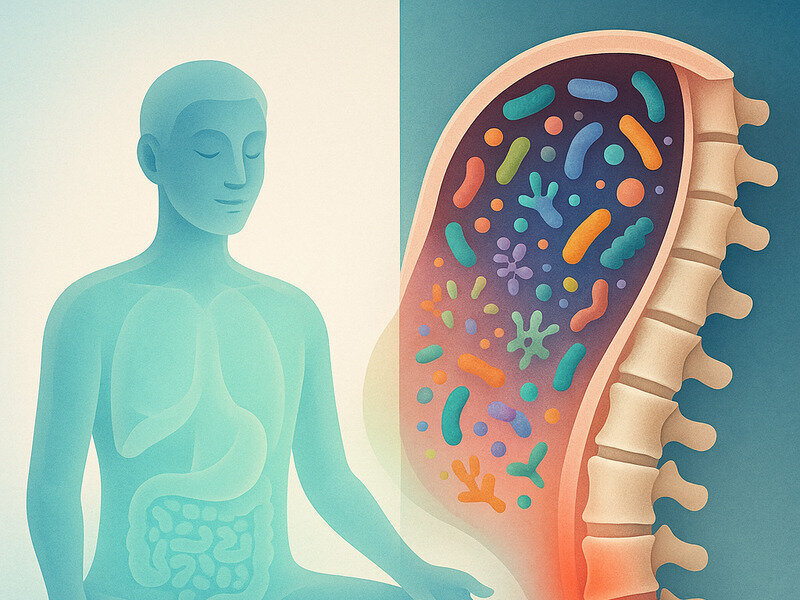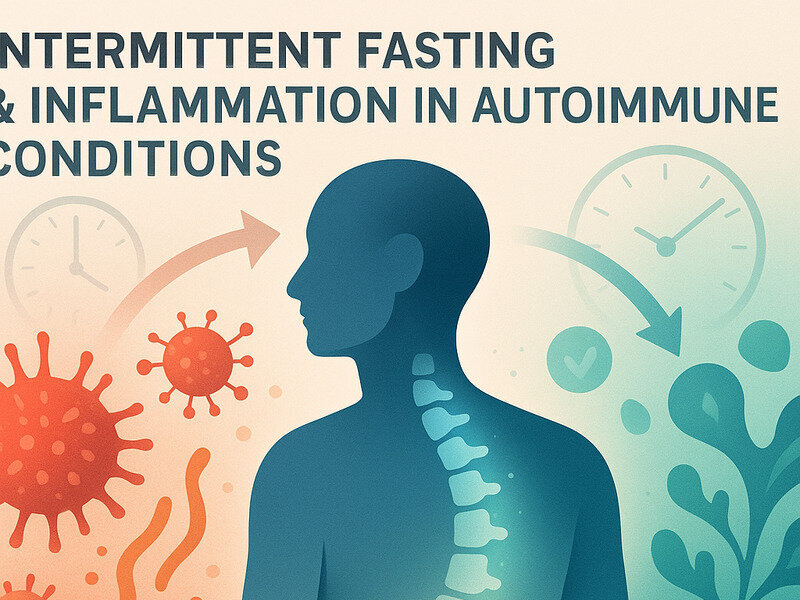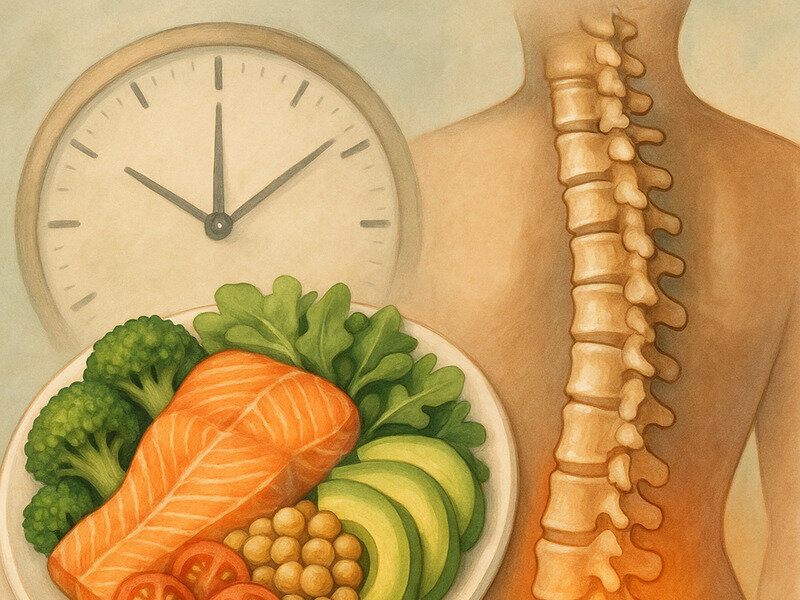
Ankylosing Spondylitis (AS) is a chronic inflammatory disease primarily affecting the spine and sacroiliac joints, leading to pain and stiffness. While the exact cause of AS remains unclear, it is believed to involve a combination of genetic and environmental factors. Recently, dietary influences, particularly gluten, have garnered attention for their potential role in exacerbating or alleviating AS symptoms. This article delves into the relationship between gluten and AS, exploring current research, potential mechanisms, and practical dietary recommendations for those affected by AS.
Understanding Ankylosing Spondylitis
Ankylosing Spondylitis is part of a group of inflammatory conditions known as spondyloarthritis. It predominantly affects young adults, with symptoms typically appearing between the ages of 20 and 40. The hallmark feature of AS is the inflammation of the spinal joints, which can lead to chronic pain and reduced mobility.
Symptoms and Diagnosis
Common symptoms of AS include:
Chronic back pain and stiffness
Fatigue
Reduced flexibility in the spine
Inflammation in other joints such as hips and shoulders
Diagnosis is pr...
Premium preview
Premium members unlock the full article—complete step-by-step routines, deeper coaching notes, and exclusive frameworks.


